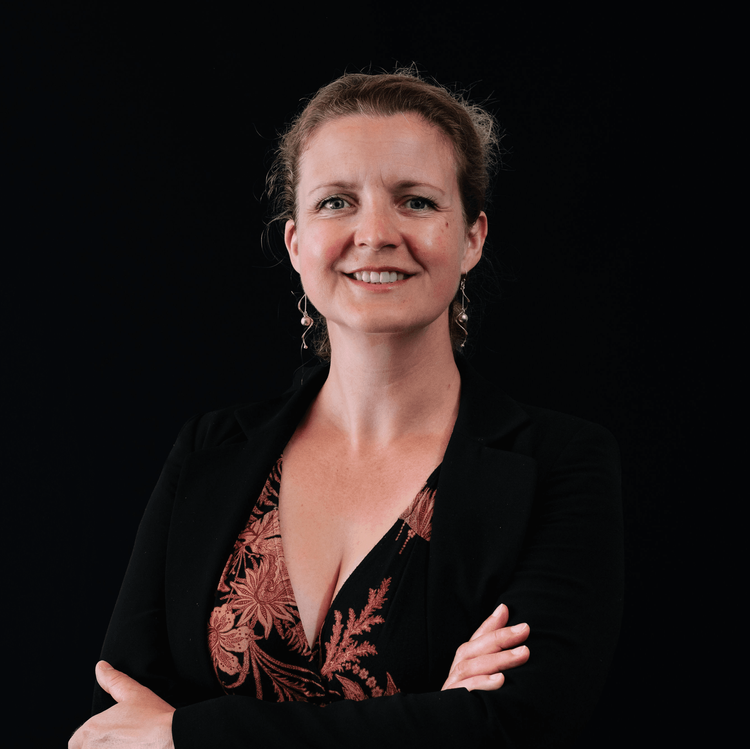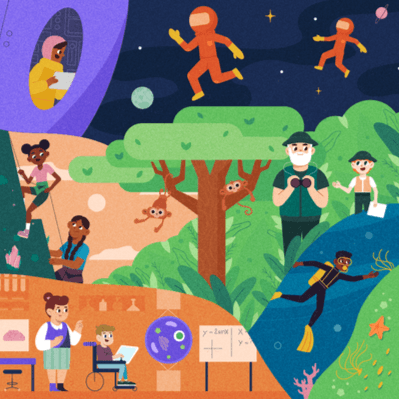Guest Blog Post: Frontiers for Young Minds
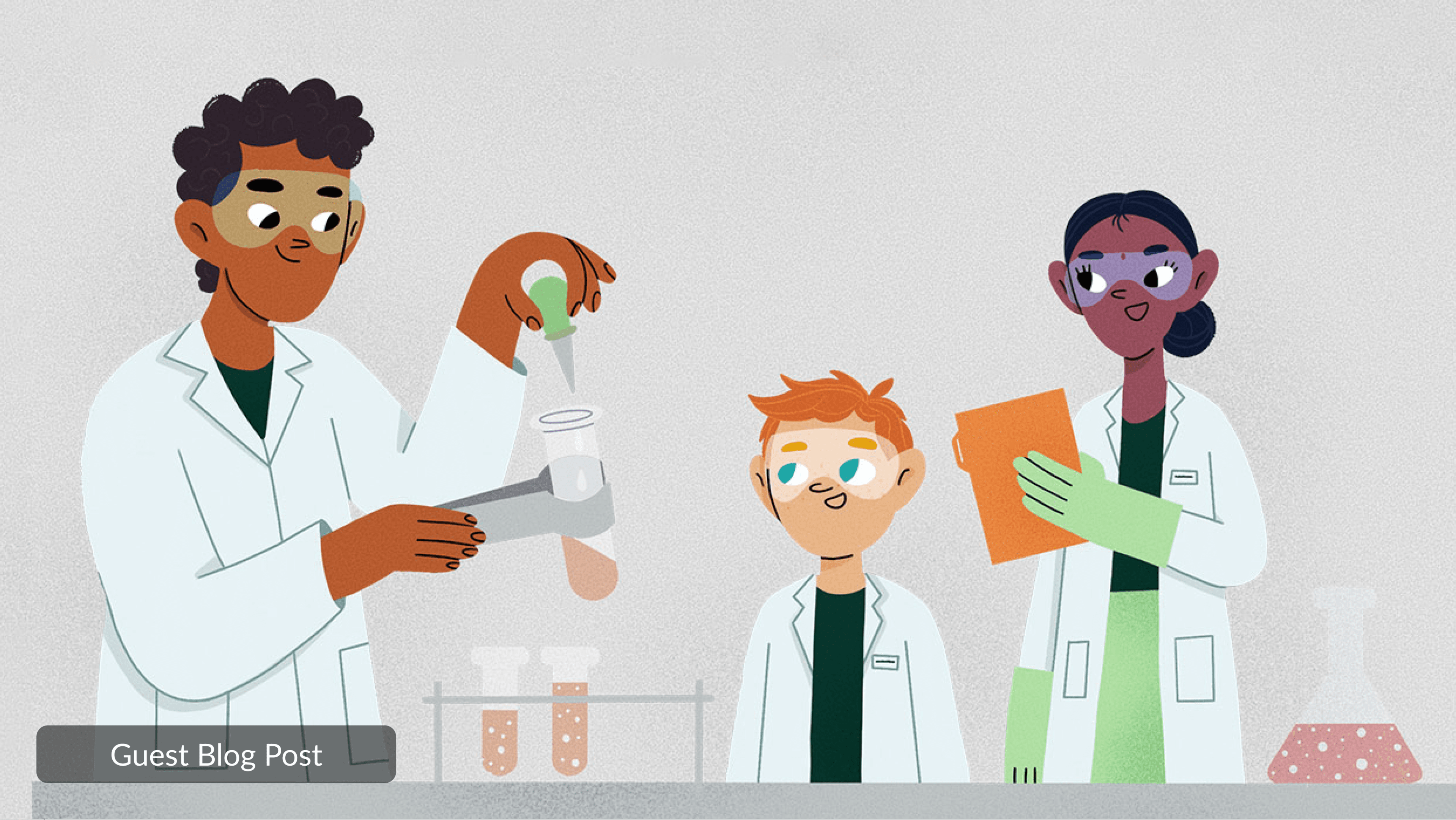
In this week's guest blog post, Laura Henderson, Head of Program at Frontiers for Young Minds, shares how the journal is bridging science, art, and education to make cutting-edge research accessible to young audiences. Through its unique model, where kids aged 8-15 review real research, the journal makes science accessible and engaging.
Science for kids, edited by kids
You may be aware of Frontiers, a major open-access publisher of journals including Frontiers in Neuroscience — but did you know that it also disseminates science to younger generations, motivating them to be the researchers of tomorrow? Frontiers for Young Minds is a fully online, free science journal for young readers which breaks through the barriers of scientific language and makes today’s cutting-edge breakthroughs accessible to everyone.
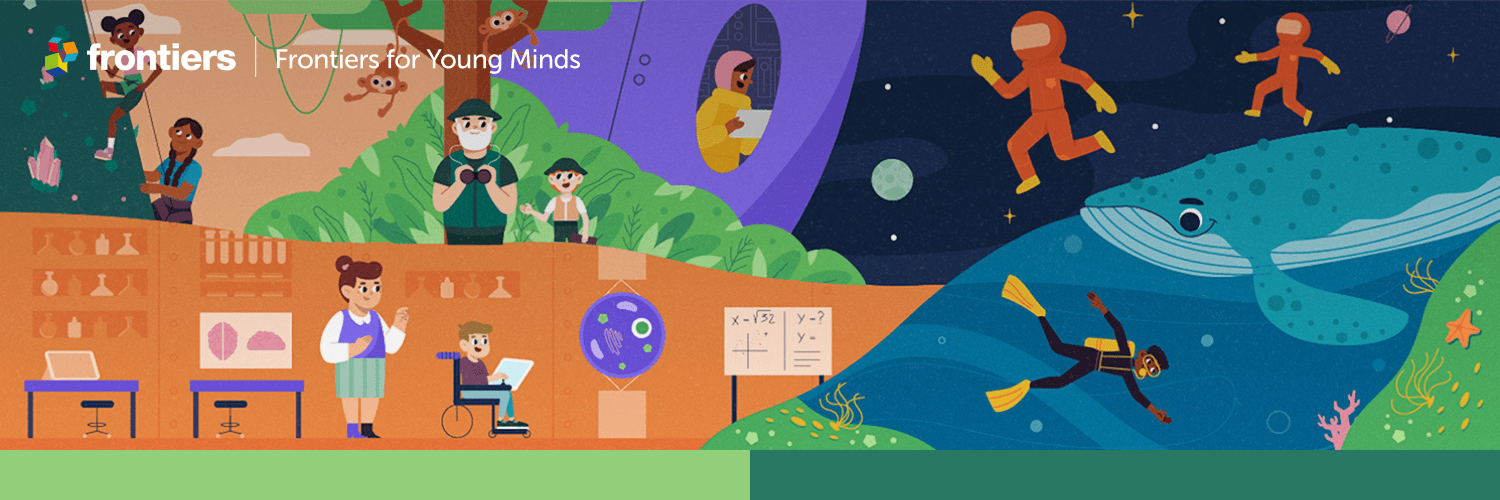
Frontiers for Young Minds publishes science across the whole of STEMM in one journal — over 1750 original articles to date — enabling curious young minds to make connections for themselves. We work with leading science institutions and researchers worldwide to re-write their peer-reviewed research into our short-article format, creating collections of articles on topics kids want to learn about and which educators and parents can use with total confidence in their quality.
Cultivating a shared language
Our unique strength is that we actively work with our young audience to cultivate a shared language and level of understanding to make complex scientific concepts accessible to young people — and to any other curious readers.
Each article we publish is first peer-reviewed by our global network of young students aged 8-15, to ensure that everything is clear and fun-to-read for others their own age. The journal has directly engaged over 10,000 young people from 65 countries since its inception, empowering them to act as gatekeepers of how their age group are informed about science.
This unique process connects our Young Reviewers directly with the active researchers in our peer-review forum, creating a two-way exchange of knowledge. Young Reviewers are coached by our expert appointed Science Mentors who work with them locally around the world, learning not only the science of the article they review, but also about the wider scientific world and why peer-review is needed, as well as how to ask good questions, think critically, and value validated information. And our academic Authors learn too — to use the shared language of our articles to communicate outside their peer-review community and more broadly share their research in layman’s terms with an appreciative real-world audience.
This cultivation of shared language is especially important as fields like neuroarts and neuroaesthetics continue to grow, and cross-disciplinary dialogue and accessible communication are essential for advancing understanding and sparking innovation.
Making science accessible
Our journal scope goes across the whole of STEMM, and has very strong Sections featuring neuroscience, psychology and human health, led by expert Editors who are active academics in the field. Frontiers for Young Minds is an inviting entry point for kids and lay audiences who are new to these fields of science, showcasing rigorous research such as the “Who Are You?” Collection of articles, crossing neuroscience and psychology to explore the mysteries of human consciousness, emotions and brain functions; and the cutting-edge Technology and Brain Health Collection which combines engineering and technology expertise with neuroscience to tackle classic problems such as improving memory or learning new skills. The journal has also featured groundbreaking neuroscience discoveries from May-Britt Moser and Edvard Moser, John O’Keefe and Richard Axel, amongst many other fascinating highlights, in its flagship Nobel Collection, now in its 4th volume.
The journal’s kid-friendly model of science communication also combines art to engage our young audience — every article we publish is furnished with a scientifically-accurate summary cartoon, which appears everywhere the article is visible, appealing to kids and adults alike to help facilitate understanding. The bright, colourful, highly visual nature of our journal — produced by a small team of professional illustrators called FourPlus — enhances the shared language between our Authors and our Young Reviewers and their peers.
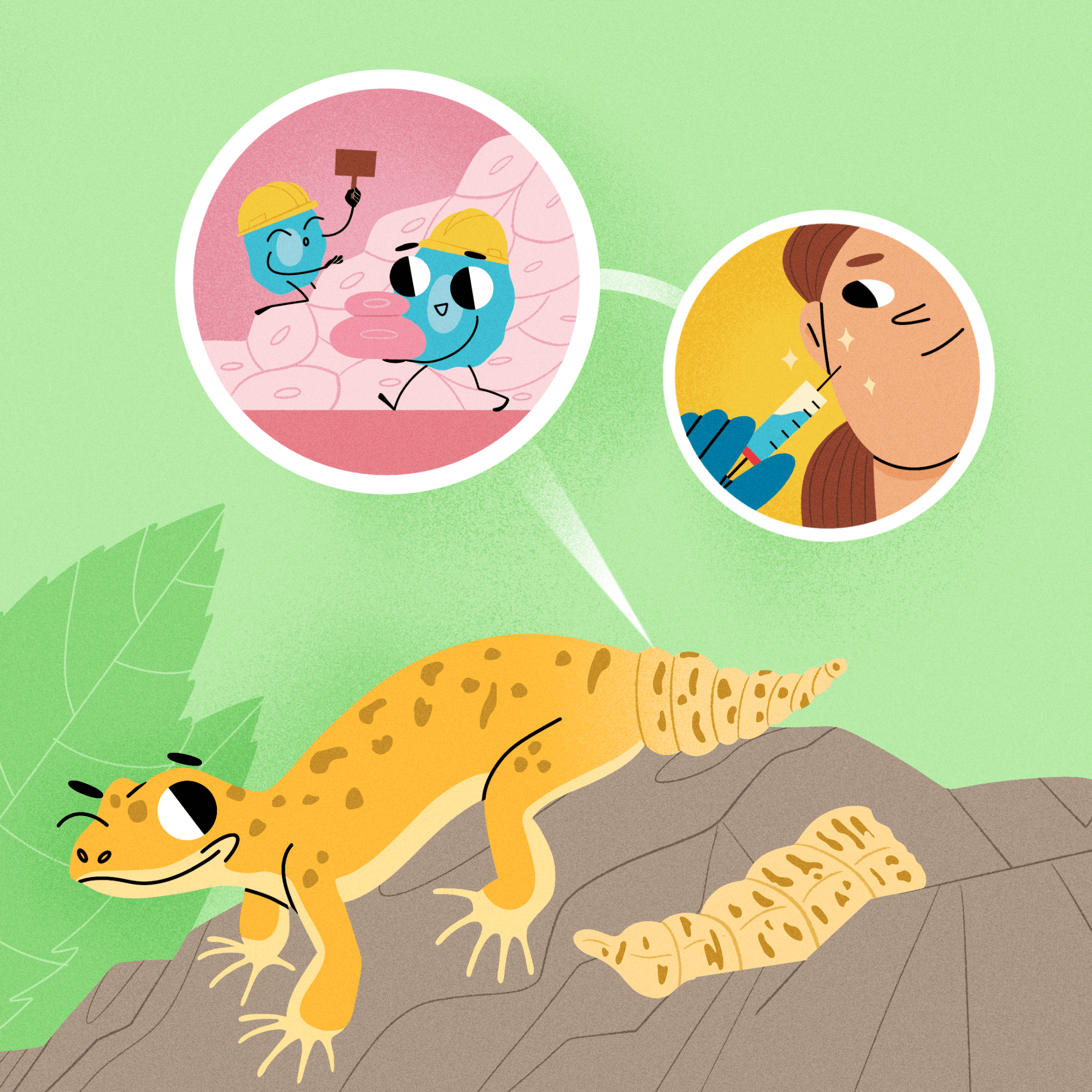
What impact does Frontiers for Young Minds have?
We are very proud of the real-world impact which our journal has in the lives of the young people who are the core of our mission.
You can see Young Reviewers comment on the experience of working with us, in this video from interviews at a live event at the Dubai Expo in 2022. Being part of our truly open-science language and knowledge sharing — enabling intellectual access not just open access — opens up new perspectives for them.
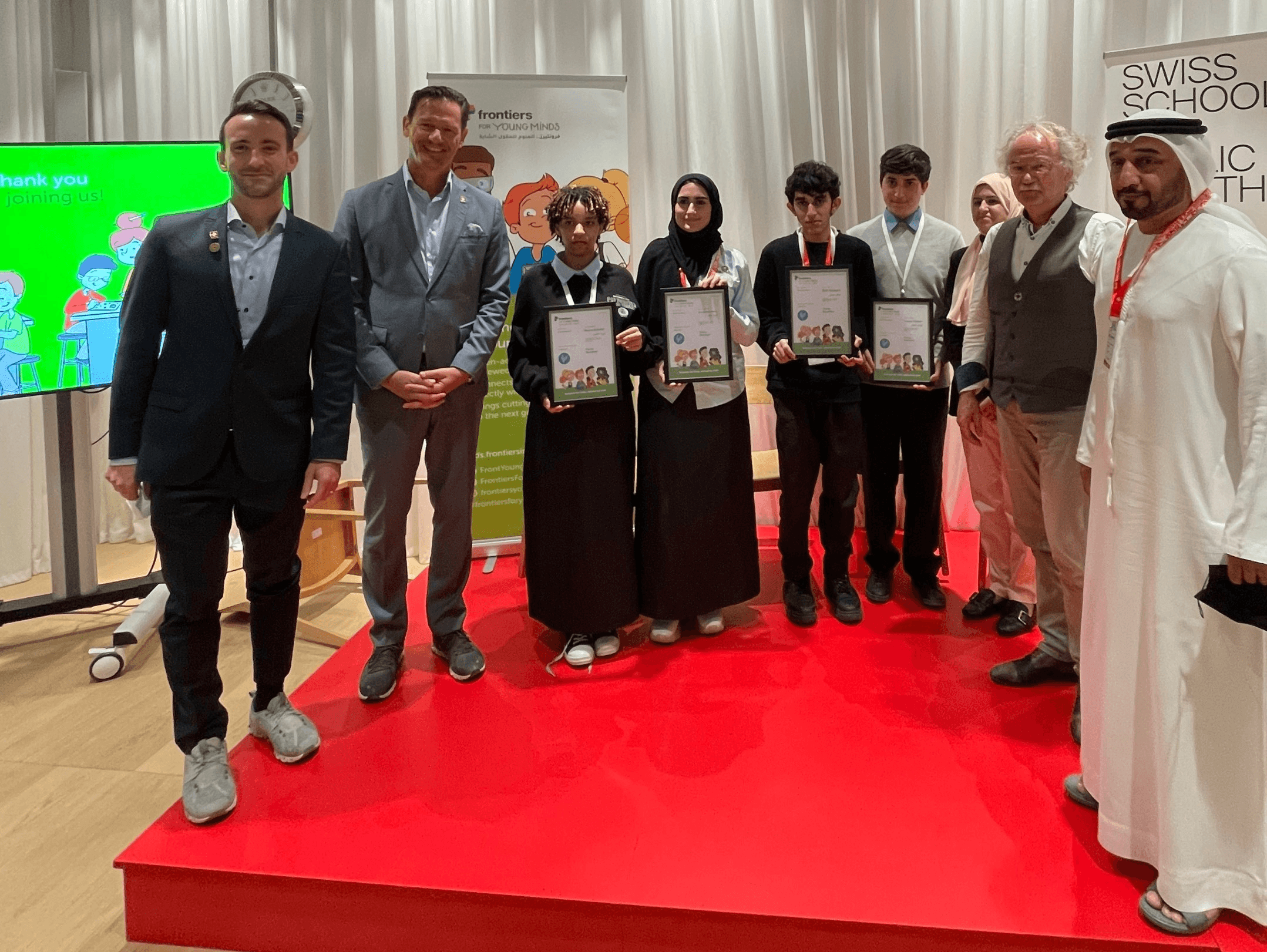 Young Reviewers and speakers at the Dubai Expo in 2022
Young Reviewers and speakers at the Dubai Expo in 2022For our project’s 10th anniversary, we interviewed some of our earliest Reviewers. Bhargavi (who was 13 at the time of her first review with us, now studying post-graduate neuroscience) confirmed how our project opened new doors for her future: “I really wanted more science in my life... and got to see behind the scenes. It was cool to be part of how science works and give constructive criticism. … 100% it cemented my foundation in neuroscience, teaching me to process scientific language. FYM enables kids to enjoy starting to learn how the world works.”
Our Science Mentors also confirm the impact they see on their young people from being part of our process. Dr. Jennifer Butler, of the US Air Force School of Aerospace Medicine, commented: “I am grateful to serve as a mentor for young scientists to review these articles. It gives them confidence to pursue their dream jobs in science.”
In this age of misinformation, now is the time to actively engage our young generation with positive, reliable sources of online learning — and continue to widen the shared understanding of science into lifelong science literacy for tomorrow’s leaders. Researchers, clinicians, and educators interested in interdisciplinary science education can explore opportunities to mentor for or contribute to Frontiers for Young Minds, complementing the NRC’s efforts to bring neuroaesthetics to wider audiences. Those interested can learn more about opportunities to become involved on Frontiers for Young Minds’ website.
